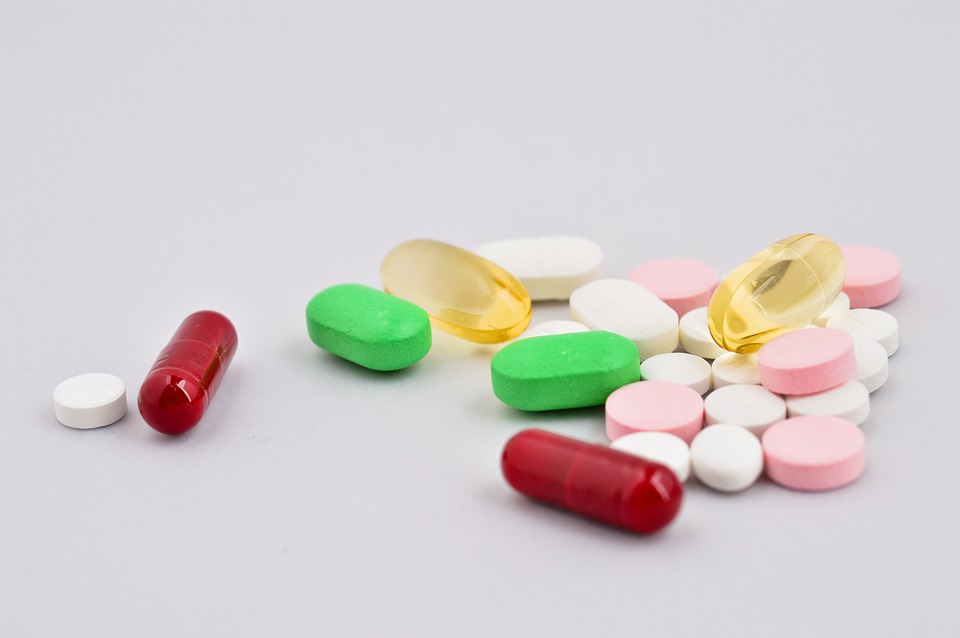Emerging Trends of Liposomes Used as Novel Drug Delivery System
Drug delivery systems (DDS) have become important tools for the specific delivery of a large number of drug molecules. Since their discovery in the 1960s liposomes were recognized as models to study biological membranes and as versatile DDS of both hydrophilic and lipophilic molecules. Liposomes can be used as carrLiposomes--nanosized unilamellar phospholipid bilayer vesicles--undoubtedly represent the most extensively studied and advanced drug delivery vehicles.
The whole 14 pages article is available for download here.
After a long period of research and development efforts, liposome-formulated drugs have now entered the clinics to treat cancer and systemic or local fungal infections, mainly because they are biologically inert and biocompatible and practically do not cause unwanted toxic or antigenic reactions. A novel, up-coming and promising therapy approach for the treatment of solid tumors is the depletion of macrophages, particularly tumor iers for both water and lipid soluble agents. Substances entrapped in liposome's include enzymes, glycolipids, immunoglobulin, monoclonal antibiotics, drugslike antitumour, antiarthiritic and antiparasitic, antigens, antifungal agents, antibiotics and chromosomes. Liposomes are artificial phospholipids bilayer vesicle. Liposomes are chiefly composed of natural or synthetic phospholipids especially lecithins hence can be metabolized in vivo and are generally non-toxic and no-antigenic. Entrapment of drug leads to different pharmacokinetics hence can result in better therapeutic index and enhanced cellular uptake. Thus the ADME of the agent can be altered by manipulating the physicochemical properties of liposomes, instead of the drug.
A liposome is a tiny bubble (vesicle), made out of the same material as a cell membrane. Liposomes can be filled with drugs, and used to deliver drugs for cancer and other diseases. Membranes are usually made of phospholipids, which are molecules that have a head group and a tail group. The head is attracted to water, and the tail, which is made of a long hydrocarbon chain, is repelled by water. In nature, phospholipids are found in stable membranes composed of two layers (a bilayer). In the presence of water, the heads are attracted to water and line up to form a surface facing the water. The tails are repelled by water, and line up to form a surface away from the water. In a cell, one layer of heads faces outside of the cell, attracted to the water in the environment. Another layer of heads faces inside the cell, attracted by the water inside the cell. The hydrocarbon tails of one layer face the hydrocarbon tails of the other layer, and the combined structure forms a bilayer. When membrane phospholipids are disrupted, they can reassemble themselves into tiny spheres, smaller than a normal cell, either as bilayers or monolayers. The bilayer structures are liposomes. The monolayer structures are called micelles. Liposomes are composite structures made of phospholipids and may contain small amounts of other molecules. Though liposome's can vary in size from low micrometer range to tens of micrometers, unilamellar liposomes, as pictured here, are typically in the lower size range with various targeting ligands attached to their surface allowing for their surface-attachment and accumulation in pathological areas for treatment of disease. Substances associated macrophages with bisphosphonate-containing liposomes. In the advent of the use of genetic material as therapeutic molecules the development of delivery systems to target such novel drug molecules to cells or to target organs becomes increasingly important. Liposomes, in particular lipid-DNA complexes termed lipoplexes, compete successfully with viral gene transfection systems in this field of application. Future DDS will mostly be based on protein, peptide and DNA therapeutics and their next generation analogs and derivatives. Due to their versatility and vast body of known properties liposome-based formulations will continue to occupy a leading role among the large selection of emerging DDS. Many sub-unit vaccines are successful in preventing the occurrence of disease, but their use is largely restrained due to low immunogenicity. Novel carrier-based vaccine could serve as a vaccine adjuvant to overcome low immunogenicity of sub-unit vaccines. The use of liposomes as a delivery system for antigen is well recognized but they are unstable and release of antigen from them cannot be controlled over a prolonged period of time. To overcome the limitation of liposomes, this study has developed gel core liposomes in which a core of polymer was incorporated inside the liposomal vesicles, which serve the function of skeleton and provide mechanical strength to vesicles. In the present investigation BSA(bovine serum albumin)-loaded gel core liposomes were prepared by reverse phase evaporation method and characterized for vesicles size, shape, entrapment efficiency, in vitro release and stability studies. The in vivo studies to evaluate antigen presenting potential of the gel-core liposomes was performed in Balb/c mice by measuring the immune response elicited by intramuscular administration of BSA-loaded gel core liposomes and compared with intramuscularly administered BSA-loaded conventional liposomes, alum adsorbed BSA and plain antigen. Results indicate that intramuscular immunization with gel core liposomes induces efficient systemic antibody responses against BSA as compared to other formulations. The gel core liposomal formulation provides good entrapment efficiency, enhanced in vitro stability, prolonged antigen release and effective immuno adjuvant property, justifying its potential for improved vaccine delivery.
The whole 14 pages article is available for download here.

